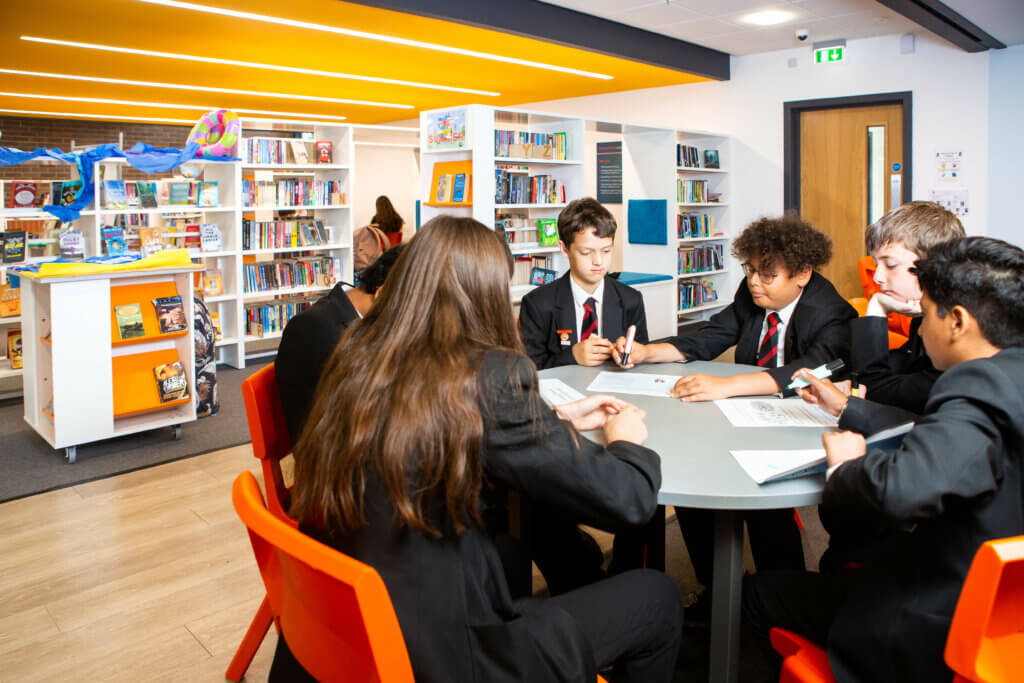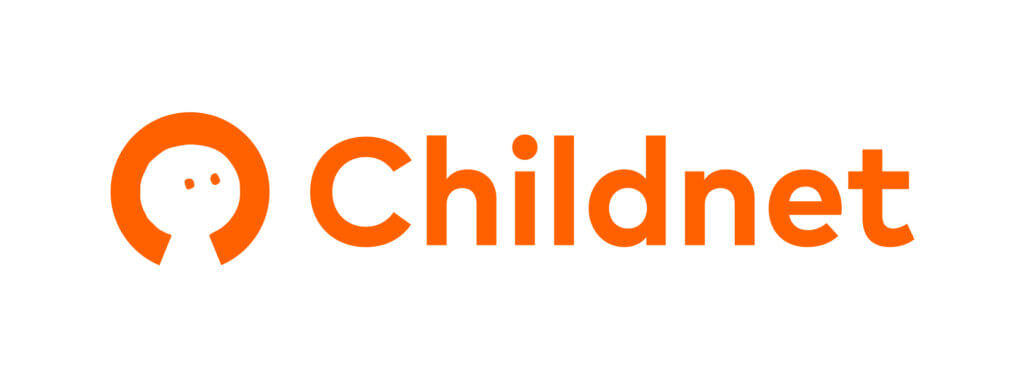Sunday 8th March marked International Women’s Day, an opportunity for people around the world to celebrate women’s achievements, recognise the challenges, and focus greater attention on women’s rights and gender equality. At the Women of the World Festival in London an expert panel came together to discuss technology and its impact on girls.
The panel, which was made up of Sarah Brown, president of Theirworld, Nicola Mendelsohn, vice president EMEA Facebook, Clare Sutcliffe, founder of Code Club and Marieme Jamme founder of Africa Gathering, addressed the role of girls in the technological revolution. As the tech sector expands and work becomes increasingly technologically mediated, the discussion focused on what needs to be done to ensure girls are given the right opportunities and the confidence to develop digital skills.

A report published this month by Nesta entitled Young Digital Makers found that although more girls are engaging in technology the gap in confidence between boys and girls is widening. The research, which was gathered to survey the opportunities and identify gaps and next steps for young people to create with technology across the UK, showed that whilst 73% of boys said they are confident in digital making the figure is 10% lower in girls with 63% saying they are confident.
Identifying that the UK economy is calculating a potential £2 billion loss from unfilled roles requiring digital making skills and that it is estimated that women make up only 17% of those working in the tech sector, the panel addressed what the research identified, what can be done to fill the skills gap and how do we ensure girls are a key part of this? This is what they identified:
- Mobilising teachers and parents. Nesta’s survey found that 82% of young people say they are interested in digital making but there is a current lack of awareness amongst parents and teachers about what opportunities are available. Whilst schools remain the place where most young people take part in digital making 71% of teachers were not aware of the existence of face–to– face clubs and activities and only 1/5 of teachers say their school has an afterschool or lunchtime club related to digital making. By making more teachers and parents aware of digital opportunities, young people will have greater access to opportunities and resources to learn new skills.
- Changing the approach. Nesta’s Young Digital Makers survey found that whilst 47% of boys take part in digital making because they find technology interesting only 33% of girls take part for this reason, showing that the approach to digital making with girls needs to be different. The report recommends digital making should be targeted at a broader range of young people’s passions, for instance music or fashion, rather simply an interest in technology itself. Whereas boys are more interested in making games, websites and software or computer programmes, girls favour music, digital pictures and drawings. Nesta found that these areas are less catered for by organisations who tended to focus on programming, electronics and app development. As Clare Sutcliffe outlined organisations such as Code Club engage young people in code by taking them to meet artists who use code creatively.
- Engaging girls at a young age. All of the I.T. Girls panel were in agreement that engaging girls in digital making at a young age was key to alleviating drop-out at school, university and then in the workplace. The Nesta survey found that when asked about their feelings regarding digital makers boys chose more positive terms than girls (94% to 86%), with more girls choosing ‘nerdy or geeky’ and ‘boring’. A small number of girls also chose ‘solitary’, 7% compared to 4% of boys. The association of these words to digital making were also higher in the older age groups, with 16 – 18 year olds choosing the words ‘solitary’ and ‘lonely’ more than the younger age groups. Changing the attitudes towards digital learning by making it fun and showing girls clear pathways to excellence at a young age could grow their ambitions as digital makers.
To encourage young people to get creative we have picked out few of our favourite websites, initiatives or talks:
- Make Things Do Stuff is a great website that contains advice, resources and tools to help you become a digital creator. Whether you want to make a website, a game an app or a 3D robot, Make Things Do Stuff contains everything you need to get started.
- Girls, want to become a tech pioneer? Read how the Little Miss Geek campaign is transforming the tech industry.
- Each year Apps for Good recognise the top apps created by young people through their education programme. Be inspired by some of 2014’s winners.
- Printcraft is the world’s first 3D printing multi-player Minecraft server. Make something with Minecraft then download your Minecraft models to print on your 3D printer or order models online and have them printed and delivered.
- Ready to think big? Then why not start a Think Big project and apply for funding, get training and have access to some amazing opportunities. They love digital projects so if you’re project is entirely or has elements of digital that’s great!
- 12 year old Thomas Suarez loved playing video games. In fact, Thomas loved playing them so much that he taught himself how to create them. Listen to Thomas’s inspiring story on TED.
- Last week the BBC launched it’s Make it Digital initiative. With the aim of inspiring a new generation to get creative with coding, programming and digital technology, it’s definitely worth keeping an eye out over the coming months for a raft of programming on coding including a BBC Three talent show, Girls Can Code.


